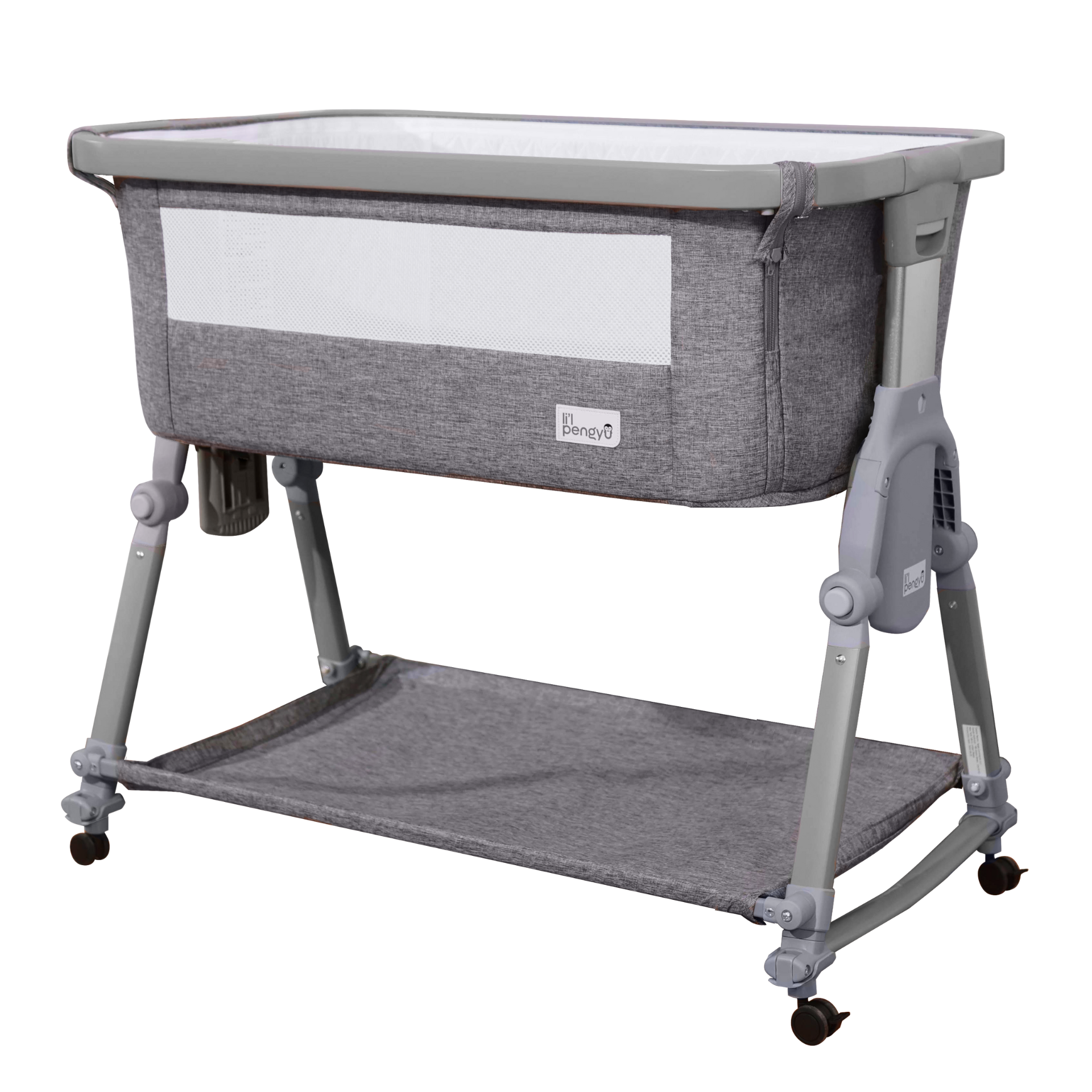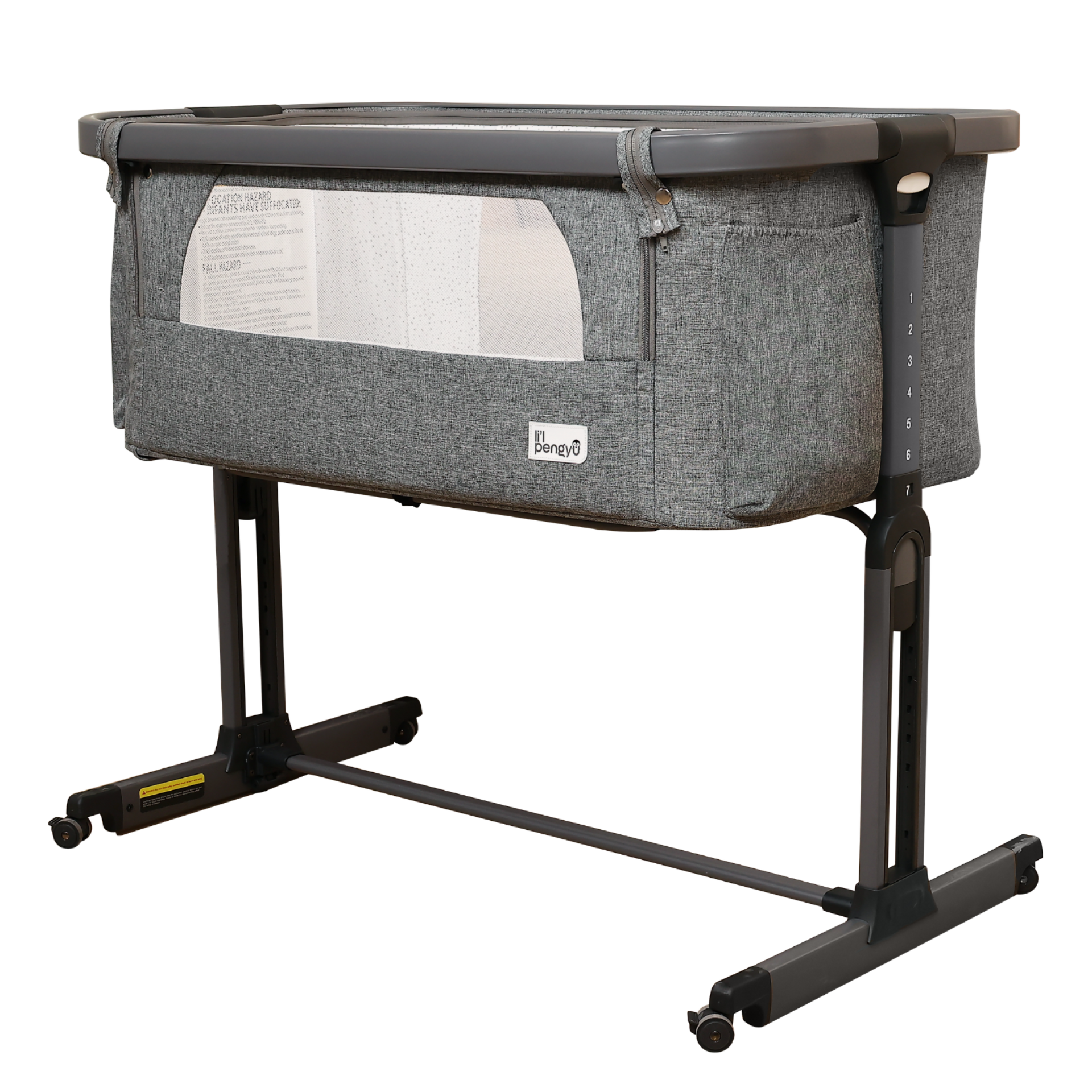If it’s time to say goodbye to diapers, this guide will help get your little one using the potty in (almost) no time

Did you know that, on average, by the time a newborn reaches one year old, they will have gone through around 2,000 diapers? If that seems like a number you’re reaching weekly, it could be time to think about potty training. While most parents start this process after the age of two, there may not be any reason to wait that long, as children as young as 18 months can learn how to use a potty. This guide will help you figure out if your child is ready to toilet train, the different potty-training methods, and tips for success.
How do you know your child is ready for potty training?
Even if you’re eager to ditch the diapers, your child may not be. This is why it’s important to look for signs telling you that they are ready to get started with potty training. These include:
- Wearing “big kid” underwear
- Staying dry for up to two hours
- Having the ability to follow basic directions
- Expressing a desire to use the bathroom
- Displaying an interest in how the toilet is used
- Having the coordination for things like pulling down/up pants
- Showing signs of bladder control
Potty training methods
Once you’ve determined that potty training can start, it’s time to think about how you want to proceed. There are different methods you can choose, and parents generally go with one of these three:
-Child-oriented
With child-oriented potty training, you let your child be your guide. While talking about using the toilet and offering it as a choice are important, you shouldn’t push your child with this method. Instead, you’ll want to encourage them to act on their own desires to use the toilet.
Proven to be very effective, this method is ideal for parents who aren’t in a rush to completely get rid of diapers. This is best for children between ages two and three, but it tends to be most successful when they are closer to three. The big positive with this approach is that because it’s instigated by your child, there may be less hesitation and regression. The downside, however, is that it may take a while before your child is fully trained.
-Parent-led
You take the reins with parent-led potty training, and this means bringing your child to the toilet at set times. For example, this may involve leading your child to the bathroom every two or three hours during the day so they get accustomed to going, even if they don’t actually do anything on every trip.
This type of potty-training approach may be ideal for schedule-oriented parents, as well as for children with multiple caregivers. Plus, it can be put into practice as soon as a child shows signs that they are ready. One possible downside is the fact that because they’re not initiating trips to the bathroom, kids may not recognize their own body signs as readily.
-Three-day training
On average, it takes six months for a child to be potty trained, so getting it done in such a short period of time may sound pretty crazy. It is possible, however. This process first involves carving out a solid three days where you can spend pretty much every minute with your child. Then, you’ll decide if you’re going to get rid of diapers completely or perhaps just use them or training underpants for naps or nighttime sleeping.
For the next three days, your child will basically be in the house bottomless. Make sure you’re supplying them with plenty of liquids so nature will take its course. Your job is to stay vigilant, and as soon as you see signs that they need to go, quickly get them to the toilet or have a potty nearby. The goal is to instill in them that as soon as they feel the urge, they have to get to the bathroom. While this can be effective – especially for children that are at least 22 months old –parents do have to prepare for the inevitable accidents.
Potty training tips
Whichever method you use to potty train your child, patience and perseverance are vital. There’s a good chance that this will be the hardest you’ve had to work as a parent so far. For it to be successful, these are the things you’ll want to keep in mind:
-Consistency is key
“Willy-nilly” is definitely not the way to go when it comes to potty training. Once you’re committed, you have to stick with it. While at various times you will almost certainly want to scrap everything and go back to using diapers full-time, resist the urge. It’s important to keep your eye on the prize and think about the result.
-Be effusive with praise
As long as your child is trying – even if the floor is dirtier than the potty for a while – you should be eager to tell them what a good job they are doing. You don’t, however, want to tell them that not making it in time to the toilet is okay. Instead, explain why it isn’t okay – without admonishing or punishing them – and why they need to try harder next time. Also, while it may be tempting, don’t use toys or treats as bribes.
-Don’t push it too much
If you discover after a few weeks that your child isn’t getting the hang of potty training, it could be because they just aren’t ready yet. The worst thing you can do in this situation is to push them to keep going with it. This will almost certainly result in a power struggle that will end up driving everybody crazy. Instead, make a plan to try again shortly.
Li’l Pengyu has products to assist with potty training
Another important aspect of potty training is having the right equipment on hand. If you’ll need to create a makeshift portable bathroom, Li’l Pengyu has you covered. Our playpens are made of waterproof material and can be cleaned very easily. Plus, they provide a fun and safe environment.






